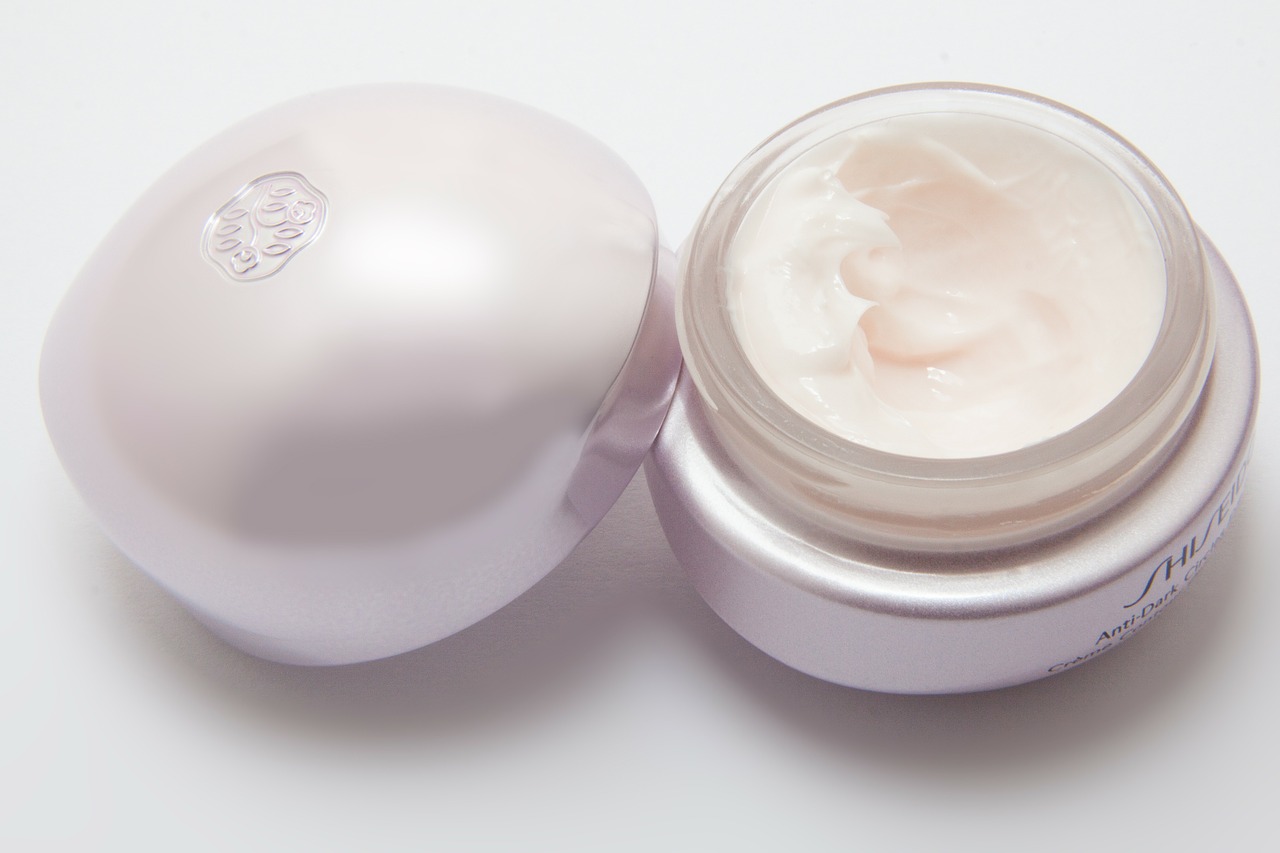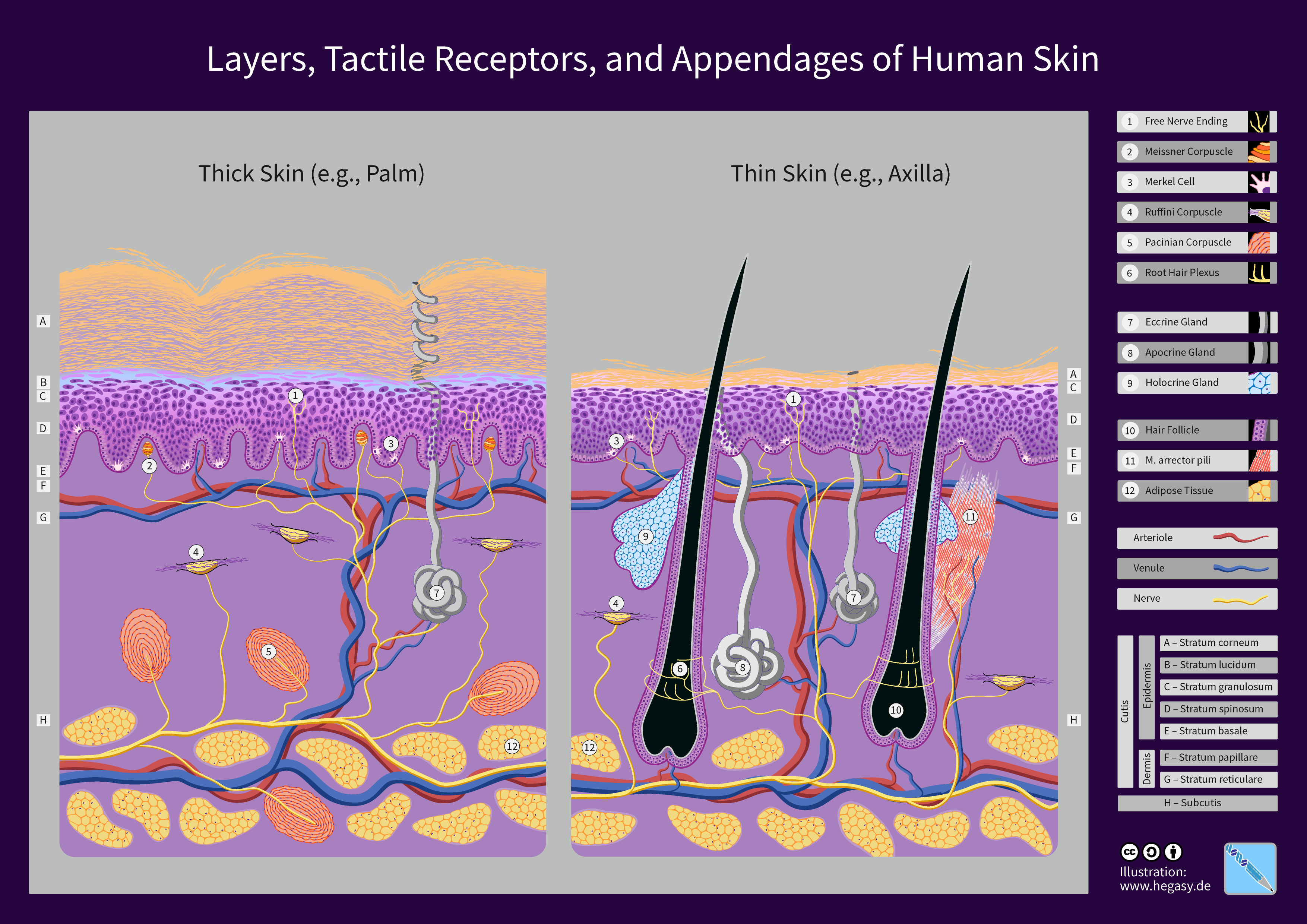|
Ointment
A topical medication is a medication that is applied to a particular place on or in the body. Most often topical medication means application to body surfaces such as the skin or mucous membranes to treat ailments via a large range of classes including creams, foams, gels, lotions, and ointments. Many topical medications are epicutaneous, meaning that they are applied directly to the skin. Topical medications may also be inhalational, such as asthma medications, or applied to the surface of tissues other than the skin, such as eye drops applied to the conjunctiva, or ear drops placed in the ear, or medications applied to the surface of a tooth. The word ''topical'' derives from Greek τοπικός ''topikos'', "of a place". Justification Topical drug delivery is a route of administering drugs via the skin to provide topical therapeutic effects. As skin is one of the largest and most superficial organs in the human body, pharmacists utilise it to deliver various drugs ... [...More Info...] [...Related Items...] OR: [Wikipedia] [Google] [Baidu] |
Lotion
Lotion is a low-viscosity topical preparation intended for application to the skin. By contrast, creams and gels have higher viscosity, typically due to lower water content. Lotions are applied to external skin with bare hands, a brush, a clean cloth, or cotton wool. While a lotion may be used as a medicine delivery system, many lotions, especially hand lotions and body lotions and lotion for allergies are meant instead to simply smooth, moisturize, soften and, sometimes, perfume the skin. Medicine delivery Dermatologists can prescribe lotions to treat or prevent skin diseases. It is not unusual for the same drug ingredient to be formulated into a lotion, cream and ointment. Creams are the most convenient of the three but inappropriate for application to regions of hairy skin such as the scalp, while a lotion is less viscous and may be readily applied to these areas (many medicated shampoos are in fact lotions). Historically, lotions also had an advantage in that they m ... [...More Info...] [...Related Items...] OR: [Wikipedia] [Google] [Baidu] |
Cream (pharmacy)
A cream is a preparation usually for application to the skin. Creams for application to mucous membranes such as those of the rectum or vagina are also used. Creams may be considered pharmaceutical products, since even cosmetic creams are manufactured using techniques developed by pharmacy and unmedicated creams are highly used in a variety of skin conditions (dermatoses). The use of the finger tip unit concept may be helpful in guiding how much topical cream is required to cover different areas. Creams are semi-solid emulsions of oil and water. They are divided into two types: oil-in-water (O/W) creams which are composed of small droplets of oil dispersed in a continuous water phase, and water-in-oil (W/O) creams which are composed of small droplets of water dispersed in a continuous oily phase. Oil-in-water creams are more comfortable and cosmetically acceptable as they are less greasy and more easily washed off using water. Water-in-oil creams are more difficult to ha ... [...More Info...] [...Related Items...] OR: [Wikipedia] [Google] [Baidu] |
Lotions
Lotion is a low-viscosity topical preparation intended for application to the skin. By contrast, creams and gels have higher viscosity, typically due to lower water content. Lotions are applied to external skin with bare hands, a brush, a clean cloth, or cotton wool. While a lotion may be used as a medicine delivery system, many lotions, especially hand lotions and body lotions and lotion for allergies are meant instead to simply smooth, moisturize, soften and, sometimes, perfume the skin. Medicine delivery Dermatologists can prescribe lotions to treat or prevent skin diseases. It is not unusual for the same drug ingredient to be formulated into a lotion, cream and ointment. Creams are the most convenient of the three but inappropriate for application to regions of hairy skin such as the scalp, while a lotion is less viscous and may be readily applied to these areas (many medicated shampoos are in fact lotions). Historically, lotions also had an advantage in that they ma ... [...More Info...] [...Related Items...] OR: [Wikipedia] [Google] [Baidu] |
Pharmacist
A pharmacist, also known as a chemist in English in the Commonwealth of Nations, Commonwealth English, is a healthcare professional who is knowledgeable about preparation, mechanism of action, clinical usage and legislation of medications in order to dispense them safely to the public and to provide consultancy services. A pharmacist also often serves as a primary care provider in the community and offers services, such as health screenings and immunizations. Pharmacists undergo university or graduate-level education to understand the biochemical mechanisms and actions of drugs, drug uses, therapeutic roles, side effects, potential drug interactions, and monitoring parameters. In developing countries, a diploma course from approved colleges qualifies one for pharmacist role. This is mated to anatomy, physiology, and pathophysiology. Pharmacists interpret and communicate this specialized knowledge to patients, physicians, and other health care providers. Among other licensing ... [...More Info...] [...Related Items...] OR: [Wikipedia] [Google] [Baidu] |
Drug
A drug is any chemical substance other than a nutrient or an essential dietary ingredient, which, when administered to a living organism, produces a biological effect. Consumption of drugs can be via insufflation (medicine), inhalation, drug injection, injection, smoking, ingestion, absorption (skin), absorption via a dermal patch, patch on the skin, suppository, or sublingual administration, dissolution under the tongue. In pharmacology, a drug is a chemical substance, typically of known structure, which, when administered to a living organism, produces a biological effect. A pharmaceutical drug, also called a medication or medicine, is a chemical substance used to pharmacotherapy, treat, cure, preventive healthcare, prevent, or medical diagnosis, diagnose a disease or to promote well-being. Traditionally drugs were obtained through extraction from medicinal plants, but more recently also by organic synthesis. Pharmaceutical drugs may be used for a limited duration, or on a re ... [...More Info...] [...Related Items...] OR: [Wikipedia] [Google] [Baidu] |
Dosage Form
Dosage forms (also called unit doses) are pharmaceutical drug products presented in a specific form for use. They contain a mixture of active ingredients and inactive components ( excipients), configured in a particular way (such as a capsule shell) and apportioned into a specific dose. For example, two products may both be amoxicillin, but one may come in 500 mg capsules, while another may be in 250 mg chewable tablets. The term unit dose can also refer to non-reusable packaging, particularly when each drug product is individually packaged. However, the FDA differentiates this by referring to it as ''unit-dose "packaging" or "dispensing"''. Depending on the context, ''multi(ple) unit dose'' may refer to multiple distinct drug products ''packaged'' together or a ''single'' product containing multiple drugs and/or doses. Formulations The term dosage form may also sometimes refer only to the pharmaceutical formulation of a drug product's constituent substances, witho ... [...More Info...] [...Related Items...] OR: [Wikipedia] [Google] [Baidu] |
Human Skin
The human skin is the outer covering of the body and is the largest organ of the integumentary system. The skin has up to seven layers of ectodermal tissue (biology), tissue guarding Skeletal muscle, muscles, bones, ligaments and organ (anatomy), internal organs. Human skin is similar to most of the other mammals' skin, and it is very similar to pig skin. Though nearly all human skin is covered with hair follicles, it can appear Nudity#Evolution of hairlessness, hairless. There are two general types of skin: hairy and glabrous skin (hairless). The adjective List of medical roots, suffixes and prefixes#C, ''cutaneous'' literally means "of the skin" (from Latin ''cutis'', skin). Skin plays an important immunity (medical), immunity role in protecting the body against pathogens and excessive transepidermal water loss, water loss. Its other functions are Thermal insulation, insulation, thermoregulation, temperature regulation, sensation, synthesis of vitamin D, and the protection ... [...More Info...] [...Related Items...] OR: [Wikipedia] [Google] [Baidu] |
Transdermal Patch
A transdermal patch is a medicated adhesive patch that is placed on the skin to deliver a specific Dose (biochemistry), dose of medication through the skin and into the bloodstream. An advantage of a transdermal drug delivery route over other types of medication delivery (such as oral, topical, intravenous, or intramuscular) is that the patch provides a controlled release of the medication into the patient, usually through either a porous membrane covering a reservoir of medication or through body heat melting thin layers of medication embedded in the adhesive. The main disadvantage to transdermal delivery systems stems from the fact that the skin is a very effective barrier; as a result, only medications whose molecules are small enough to penetrate the skin can be delivered by this method. The first commercially available prescription patch was approved by the U.S. Food and Drug Administration in December 1979. These patches administered scopolamine for motion sickness. I ... [...More Info...] [...Related Items...] OR: [Wikipedia] [Google] [Baidu] |







